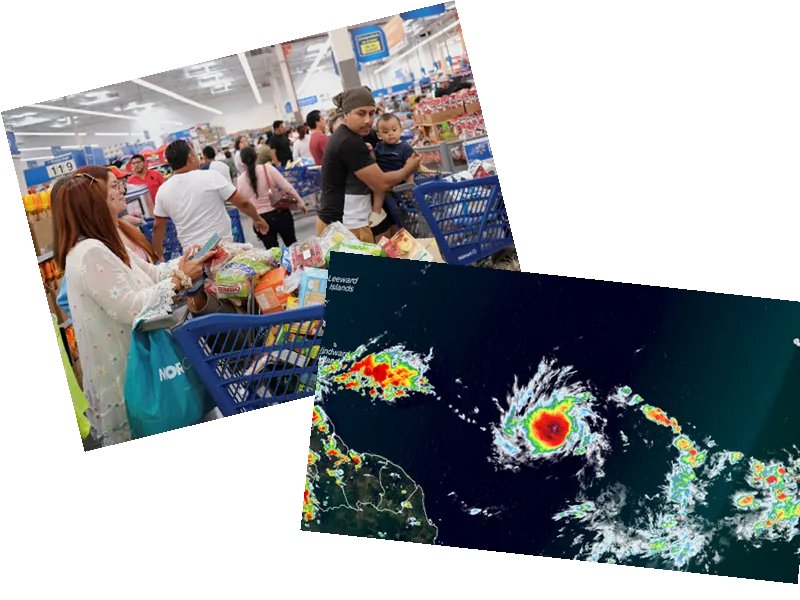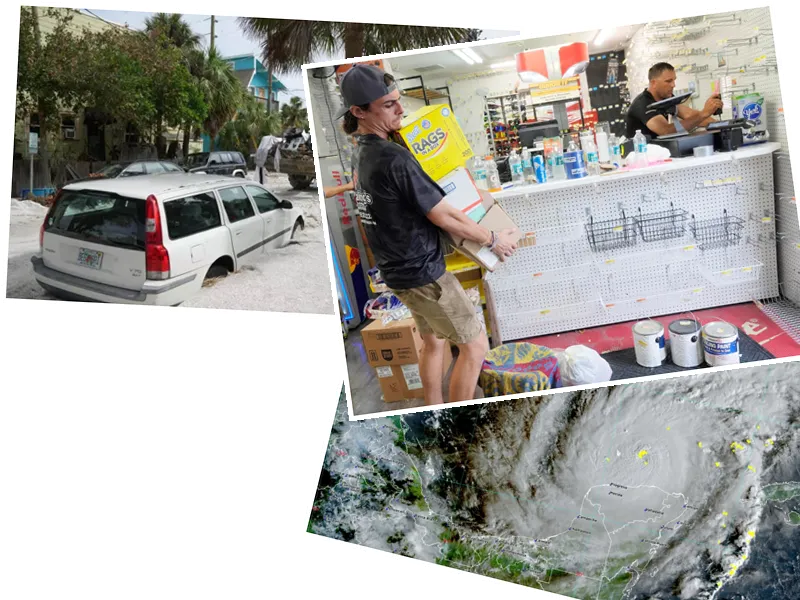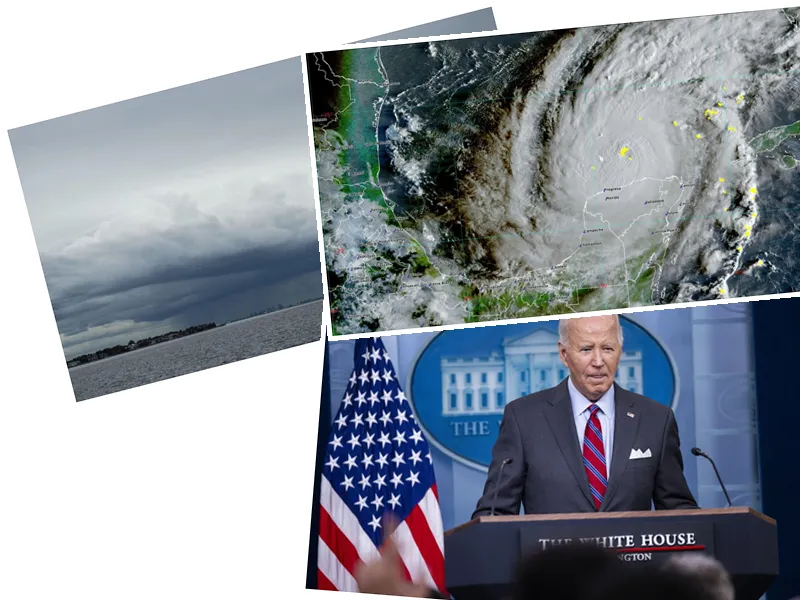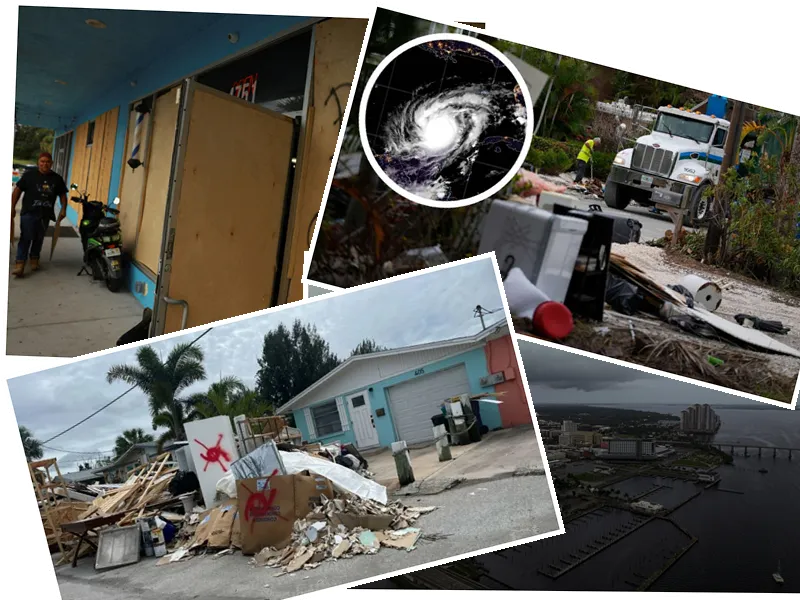Hurricane Beryl: A Record-Breaking Storm
Hurricane Beryl has become a significant threat as it moves toward the southeastern Caribbean. Early Monday morning, it was classified as a Category 3 storm, having previously reached Category 4 status due to record-breaking water temperatures. This makes Beryl the earliest storm to reach such intensity in the Atlantic, surpassing previous records.
Impact and Preparations
Authorities in Barbados, Grenada, Saint Lucia, Tobago, and Saint Vincent and the Grenadines have issued hurricane watches, urging thousands to seek shelter. Prime Minister Ralph Gonsalves of St. Vincent and the Grenadines described the situation as 'terrible' and warned residents to stay under cover. The National Hurricane Center has also issued tropical storm warnings for Martinique and Trinidad, with potential storm surges up to 3 meters and rainfall reaching 25 centimeters in some areas.
The Science Behind Beryl's Strength
Experts attribute Beryl's rapid intensification to exceptionally warm ocean temperatures, driven by climate change and fossil fuel pollution. According to Brian McNoldy, a tropical meteorology researcher at the University of Miami, the ocean heat content in the deep Atlantic is at its highest on record for this time of year. This environment has enabled Beryl to strengthen from a tropical depression to a Category 3 hurricane in just 42 hours, a rare milestone.
- Authorities in the southeastern Caribbean have announced controlled power and water outages ahead of Beryl's arrival, urging residents to prepare for potential landslides and flash floods. Schools, airports, and government offices have been closed in anticipation of the storm.
- Meteorologists warn that Beryl is expected to remain a significant hurricane throughout its path in the Caribbean region. Forecasters predict that the storm will lose some strength as it moves south of Jamaica and toward the Mexican Yucatan Peninsula, potentially as a Category 1 hurricane.
- The US National Oceanic and Atmospheric Administration predicts an above-average hurricane season with 17 to 25 named storms and up to 13 hurricanes. This forecast is driven by the unusually warm ocean temperatures, which are more typical of August and September rather than June.
- Caribbean authorities are also monitoring a group of thunderstorms trailing behind Beryl, which have a 70% chance of becoming a tropical depression. The potential for back-to-back storms raises concerns about weakened infrastructure and compounded impacts.






